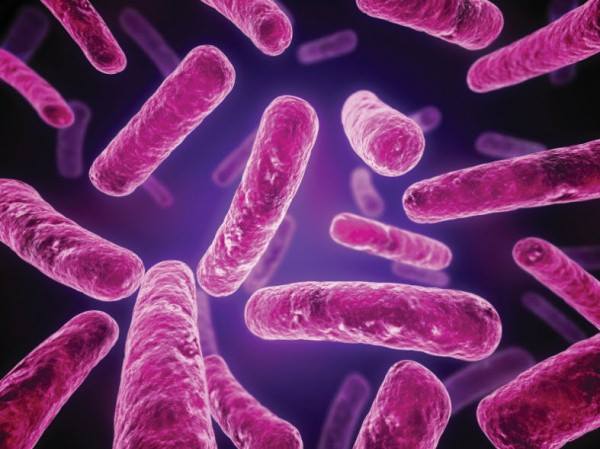Women who live in countries where access to clean drinking water and non-toxic fish is scarce, either because of little industrialization or a high prevalence of mining and agriculture, may be able to protect themselves with regular consumption of probiotic yogurt, a new study finds.
Mercury and arsenic stand as two of the world’s largest dietary threats. Pregnant women especially, who must care for two bodies simultaneously, may fall ill as a result of tainted fish and contaminated water. Researchers from London, Ontario’s Lawson Health Research Institute and Western University, now have evidence that suggests healthy gut bacteria found in ordinary probiotic yogurt could help cut heavy metal levels in women’s bodies.
“The findings are exciting for many reasons,” said Dr. Gregor Reid, senior author of the new report and a scientist at Lawson and Western, in a statement.
The first is yogurt’s accessibility. Fermenting it is easy, and delivering it to people yields supreme benefits in both a nutritional and an immunological sense. The second compelling reason is the scope of the findings. “The results are relevant for many parts of the world, including Canada, where exposure to these toxins occurs daily,” Reid said. “Finally, it confirms more attention needs to be paid to these toxins, especially in children and pregnant women.”
As far back as 2003, Reid was investigating how the probiotic strain Lactobacillus rhamnosus GR-1 can help steady the see-saw of good and bad bacteria inside the body. In the latest study, he and his colleagues assessed 44 school-aged children and 60 pregnant women living in Mwanza, Tanzania, near Lake Victoria. It’s an area known for its environmental pollution and also the locus of a network of community yogurt kitchens, which the scientists built to provide nutrition conveniently and at low-cost.
In measuring people’s mercury and arsenic levels, the scientists found heavy metals were far more prevalent in Tanzanian children’s blood than previous research had found in Canadian children. In fact, the levels were up to seven times higher, most likely due to a dense local population of mercury- and arsenic-tainted fish living in the area.
After having the women and children eat a pre-set amount of yogurt, children showed no positive effects (nor any negative ones), while the pregnant women saw dramatic gains. With the added dose of helpful bacteria, women were able to resist new mercury uptake by 36 percent and arsenic uptake by 78 percent.
As Reid’s prior work has shown, this isn’t the first time Lactobacillus has been harnessed for its probiotic effects. Even for unrelated maladies, like digestive inflammation and other bowel irregularities, the simple act of introducing good bacteria into an organ teeming with bad bacteria has been shown to restore order and improve people’s health. The bacterium has even demonstrated cancer-fighting abilities in past research.
Moving forward, the Lawson and Western scientists hope to use their findings as a platform to build additional yogurt kitchens in disadvantaged areas. Bacterial imbalances are internal ailments, and even seemingly healthy people could be suffering severe nutritional deficiencies. Without treatment, the contaminations are likely to stay in their systems and perhaps even worsen with time.
“Seeing the children, you would never think they were walking around with such high levels of toxins,” said Jordan Bisanz, Lawson trainee and the paper’s first author. “I hate to think of the consequences for them as they age. The children and pregnant women all loved the yogurt. If we could only scale up these yogurt kitchen concepts, the impact on quality of life could be massive.”
Source: Chris Weller, Medical Daily, Oct 7, 2014.
Journal: Bisanz J, Enos M, Mwanga J, et al. Randomized Open-Label Pilot Study of the Influence of Probiotics and the Gut Microbiome on Toxic Metal Levels in Tanzanian Pregnant Women and School Children. mBio. 2014.
Journal Link: http://bit.ly/ZsoOEK












